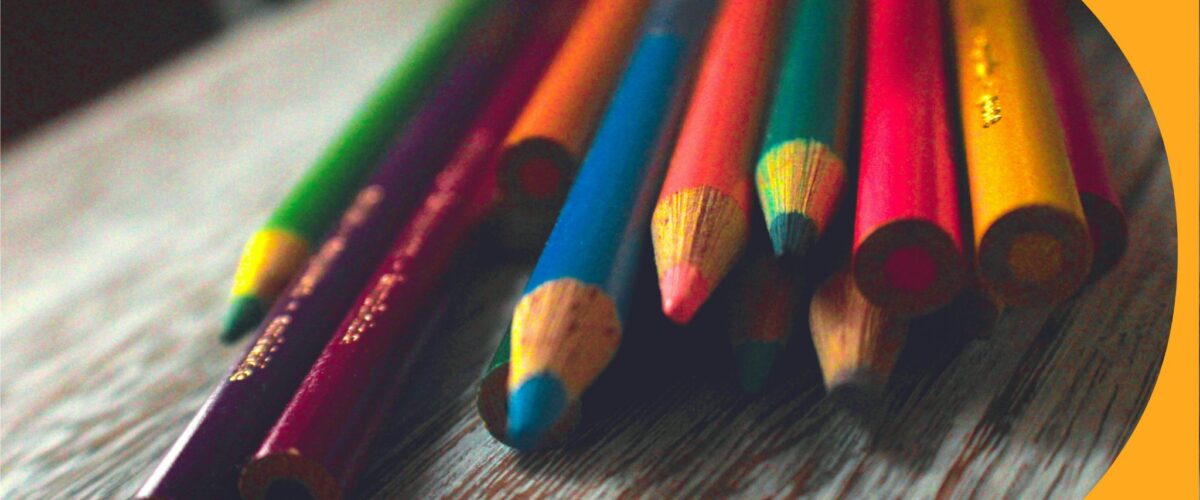Art classes are one of the most important forms of developmental activity for children, combining learning, play, and artistic expression. Children explore a variety of creative techniques – from painting and drawing, to sculpture and collage, and even working with clay or natural materials. It’s a space where little hands create big masterpieces and imagination knows no bounds.
Art Classes by Age Group
Art workshops are available for children of almost all ages, but the form and complexity vary significantly:
Ages 2–4 (Toddlers):
These sessions are mostly sensory and exploratory. Children experience textures, colors, and shapes through touch and experimentation. Activities often include finger painting, modeling clay, and colorful paper crafts. The focus is on developing fine motor skills and early creative expression.
Ages 5–7 (Preschool and Early Primary):
Basic art techniques are introduced – brush painting, cutting, folding, and the fundamentals of drawing. Children learn to use artistic tools and begin recognizing colors and shapes. Their work becomes more intentional and planned.
Ages 8–12 (Primary School Students):
Classes cover more advanced techniques – watercolor, tempera, graphic arts, ceramics, and sculpture. Children learn the basics of composition, perspective, and color mixing. Themed projects and the first attempts at realistic representation emerge.
Ages 13+ (Teens):
Workshops resemble art school courses – academic drawing, painting, sculpture, and digital graphics. Teens develop their personal style, learn art history, and prepare for entrance exams to art schools.
Why Enroll Your Child in Art Classes?
Art education is an investment in a child’s multi-dimensional development:
- Creativity and imagination: Children learn to think outside the box, find unique solutions, and enhance innovative thinking.
- Fine and gross motor skills: Using brushes, scissors, and modeling tools helps improve precision, hand-eye coordination, and manual dexterity.
- Cognitive abilities: Mixing colors, planning compositions, and observing shapes support math development and logical thinking.
- Emotional expression: Art offers a safe space for children to express feelings, build emotional intelligence, and cope with stress.
- Confidence: Each artwork is a personal success that builds self-esteem and motivates further creativity.
- Focus and patience: Long-term projects teach perseverance, concentration, and the importance of completing tasks.
What Do Typical Art Classes Look Like?
Art classes are usually held in age-specific groups of 6–12 children, allowing for an individual approach. Some studios also offer one-on-one sessions for especially gifted or high-need students.
A typical workshop lasts 60–90 minutes and follows this structure:
- Welcome and introduction – discussing the technique, materials, and inspiration (10–15 minutes)
- Demonstration – instructor explains the technique step by step (10–15 minutes)
- Independent work – children create under the teacher’s guidance (40–60 minutes)
- Presentation and summary – showing artworks and providing positive feedback (5–10 minutes)
Classes usually take place once a week, though some studios offer sessions 2–3 times per week. Older children can participate in intensive weekend workshops or during school holidays.
What to Look for When Choosing Art Classes?
Choosing the right program is key to your child’s artistic growth and satisfaction:
- Instructor qualifications: Do they have an art background, experience working with children, and the ability to inspire young artists?
- Studio setup: Is the space well-lit, safe, with proper tables, chairs, and water access? Material quality (paints, brushes, paper) also matters.
- Class program: Is it diverse and age-appropriate? Does it gradually introduce new techniques? A good studio offers both themed activities and free creation.
- Atmosphere: A positive approach, no judgment, acceptance of different styles and ideas. It’s important the child feels safe expressing themselves.
- Group size: Ideal is 6–10 children per group, allowing individual support for each child.
- Exhibition opportunities: Does the studio organize art shows, contests, or parent presentations of the children’s work.
Costs of Art Classes
The cost of art classes varies depending on location, studio reputation, and included materials:
- Recurring classes (monthly payment): 120–400 PLN per month for 4 sessions
- Weekend workshops: approx. 80–150 PLN for 2–3 hour classes
- Art day camps (holidays): approx. 400–800 PLN per week
- Art camps (overnight): from 1000 to 2500 PLN per week, depending on location and program
- Private lessons: 80–200 PLN per lesson hour
Many studios offer family discounts, materials included, or free trial classes. Some provide all materials; others require purchase of a basic starter kit
Art classes are an investment in your child’s future, nurturing not just artistic talent but their entire personality. Whether your child dreams of becoming an artist or simply enjoys creating – give them a chance to explore their potential. Art is a lifelong companion, and creativity is one of the most valuable skills in today’s world.
👉 Check out current offers in the “Art Classes” category in your city:
🔗 **See available classes » https://bookkido.com/pl/listing?category=12
#artclasses #classesforkids #creativeworkshops #creativekids #childdevelopment #artforkids #artstudio #kidsart #kidsclay #artactivities #bookkido #daycamps #summercamps #creativeworkshops
#ArtClassesWarsaw #ArtClassesKrakow #ArtClassesWroclaw #ArtClassesPoznan #ArtClassesGdansk #ArtClassesLodz #ArtClassesSzczecin #ArtClassesBydgoszcz #ArtClassesLublin #ArtClassesKatowice




